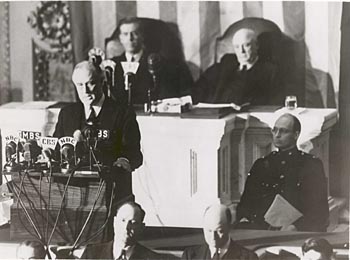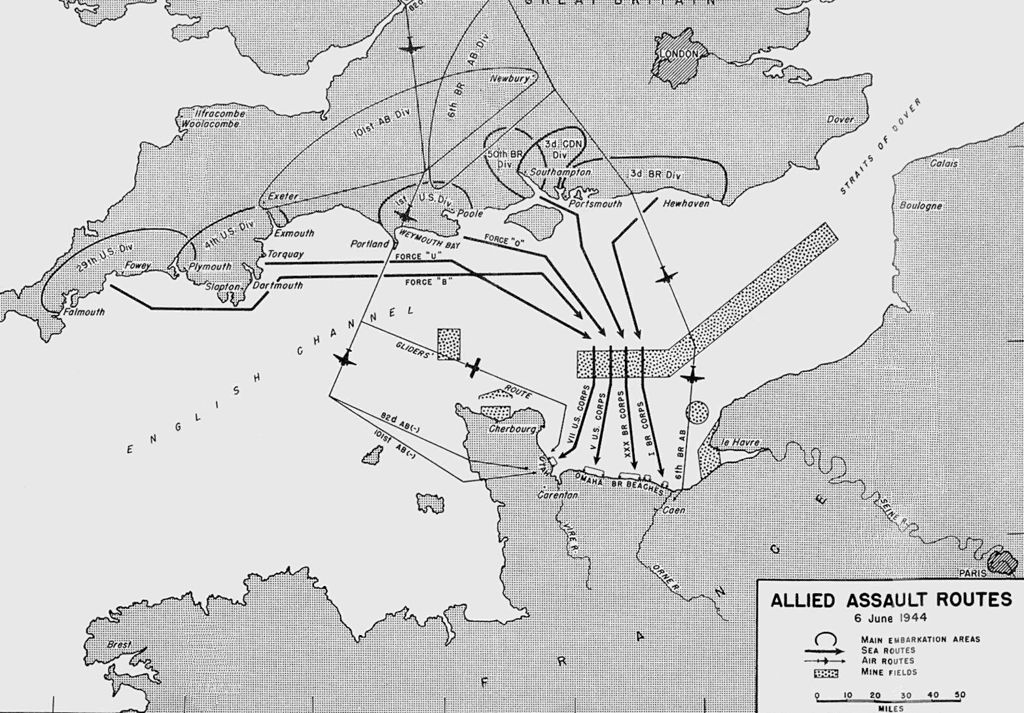Strategic foresight and early warning are grounded in the idea of preventing surprise and more specifically strategic surprise. However, if we move away from the general idea of “strategic surprise” and try to be specific, i.e. if we try to apply the concept to a specific threat or issue we try to anticipate, then the exercise becomes remarkably difficult.

The “surprise” part of the concept is relatively easily understood and envisioned. When we imagine a threat or danger occurring, we can identify and explain easily the many reasons why this event could happen unexpectedly and find us unprepared. However, understanding, assessing, and estimating these incriminated causes, then remedying them, is more complex. This is indeed the raison d’être of strategic foresight and warning and risk management, and the topic of many studies.
The strategic dimension, for its part, is more elusive and far less intuitive. For example, if you were asked to specify in one or two sentences the strategic-level impacts of the use of nano-drones for hostile action, or of the global exponential increase of long COVID, or of the global or regional shrinking of the pollinators’ population and had to answer the question immediately, would you be able to do it? This is actually a very difficult exercise.

Try to carry out this exercise for any issue or problem that matters to you. Can you do it very quickly? Was it easier? Probably, if you have already thought about the question and researched it, if it is one of your area of specialisation and expertise, then the chances are that you will be able to answer easily. Yet are you really sure you are truly addressing the strategic dimension of the question? Or are you merely thinking – and wrongly so – that strategy is about the long term?
If the issue is about a threat that is obviously strategic, such as a war between Iran and Israel, or between China and the U.S., then it is easier to answer the question.
- DeepSeek vs Stargate – China’s Offensive on U.S. AI Dominance?
- Trump Geopolitics – 1: Trump as the AI Power President
- Uranium for the U.S. Nuclear Renaissance – 2: Towards a global geopolitical race
- The New Space Race (1) – The BRICS and Space Mining
- Uranium for the U.S. Nuclear Renaissance – 1: Meeting Unprecedented Requirements
- Fifth Year of Advanced Training in Early Warning Systems & Indicators – ESFSI of Tunisia
- Towards a U.S. Nuclear Renaissance?
Yet, even in those cases, some strategic implications can easily be forgotten. But what would be your answer and how easily could you give it if the danger or the threat imagined relates to an entirely new area, as is most likely to happen if you try anticipating and getting ready for the future. How difficult would you find the endeavour if the danger of concern does not belong obviously to the more classical geo-strategic realm, for example an aspect of a pandemic? Would you even think about looking at the strategic aspect of the potential surprise?
This article focuses on the strategic component of the idea of strategic surprise. It underlines some of the major challenges that make it difficult to answer the “strategic-level impact question” and suggest practical ways forward (summarised in the conclusion). The aim of this article is modest and only hopes to contribute to facilitate debates on strategic impact and significance. Those debates will remain, and are necessary to obtain the best possible strategies.
Thanks: I am very grateful to all those, throughout workshops, who have made this article possible, through rich and enlightening discussions, as well as with their comments and suggestions.
Bibliographic References
Balasevicius, T., Major, ‘Adapting Military Organizations to Meet Future Shock,’ Canadian Army Journal Vol. 12.2 (Summer 2009) 8-24.
Barfield, Ashley, John Bergstrom and Susana Ferreira, “An Economic Valuation of Pollination Services in Georgia,” Selected Paper prepared for presentation at the Southern Agricultural Economics Association Annual Meeting, Birmingham, AL, February 4-7, 2012.
Berman, Lazar, “Beyond the Basics: Looking Beyond the Conventional Wisdom Surrounding the IDF Campaigns against Hizbullah and Hamas;” Small Wars Journal, April 28, 2011
Brands, Hal, The Promise And Pitfalls Of Grand Strategy, Strategic Studies Institute, United States Army War College, August 2012.
Crocker, Chester A. “Thirteen Reflections on Strategic Surprise,” Georgetown University, 2007, reprinted in The Impenetrable Fog of War: Reflections on Modern Warfare and Strategic Surprise, Ed. Patrick Cronin, (Praeger Security International, 2008).
Foster, Gregory D., “A Conceptual Foundation for a Theory of Strategy,” The Washington Quarterly, Winter, 1990.
Gaddis, John Lewis, “On Strategic Surprise,” Hoover digest, 2002 no. 2.
Gaddis, John Lewis, “Strategies of Containment, Past and Future,” Hoover digest, 2001 no. 2.
Grabo, Cynthia M., Anticipating Surprise: Analysis for Strategic Warning, edited by Jan Goldman, (Lanham MD: University Press of America, May 2004).
Greene, Brian W., “Rethinking Strategic Surprise: Defence Planning Under “Bounded Uncertainty,” Technical Memorandum DRDC CORA TM 2010-186, August 2010.
Handel, Michael, “Intelligence and the Problem of Strategic Surprise,” (1984) in Paradoxes of Intelligence: Essays in Honor of Michael I. Handel ed. By Richard Betts, (London & Portland: Frank Cass Publishers, 2003).
Heidenrich, John G., “The State of Strategic Intelligence: The Intelligence Community’s Neglect of Strategic Intelligence,” Studies in Intelligence, vol51 no2, 2007.
Laipson, Ellen, Ed. Seismic Shift: Understanding Change in the Middle East, May 2011, Stimson Center.
Lee Wai Keong, Christopher, CPT, “Strategic Surprise,” Journal of the Singapore Armed Forces, Journal V24 N3 (Jul – Sep 1998).
Luttwak, Edward N., Strategy: The Logic of War and Peace, (Cambridge, MA: Harvard University Press, 2001 2nd edition), p. 4, cited by Crocker, “Thirteen Reflections,” p.2.
O’Leary, Jeffrey Maj USAF, Surprise And Intelligence Towards A Clearer Understanding, Airpower Journal – Spring 1994.
Yarger, Harry Richard, “Strategic Theory for the 21st Century: The Little Book on Big Strategy,” Strategic Studies Institute (SSI) monographs, United States Army War College, February 2006.
Yarger, Harry Richard, “The Strategic Appraisal: The Key To Effective Strategy,” In U. S. Army War College Guide To National Security Issues, Volume I: Theory Of War And Strategy, 5th Edition, J. Boone Bartholomees, Jr. Editor, Strategic Studies Institute Book, United States Army War College, June 2012.
Yarger, Harry Richard, “Toward A Theory Of Strategy: Art Lykke And The U.S. Army War College Strategy Model,” In U. S. Army War College Guide To National Security Issues, Volume I: Theory Of War And Strategy, 5th Edition, J. Boone Bartholomees, Jr. Editor, Strategic Studies Institute Book, United States Army War College, June 2012.
Featured image: USS California slowly sinking, USS Shaw burning – Pearl Harbor, 7 December 1941. By U.S. Navy [Public domain], via Wikimedia Commons – recolorised.


